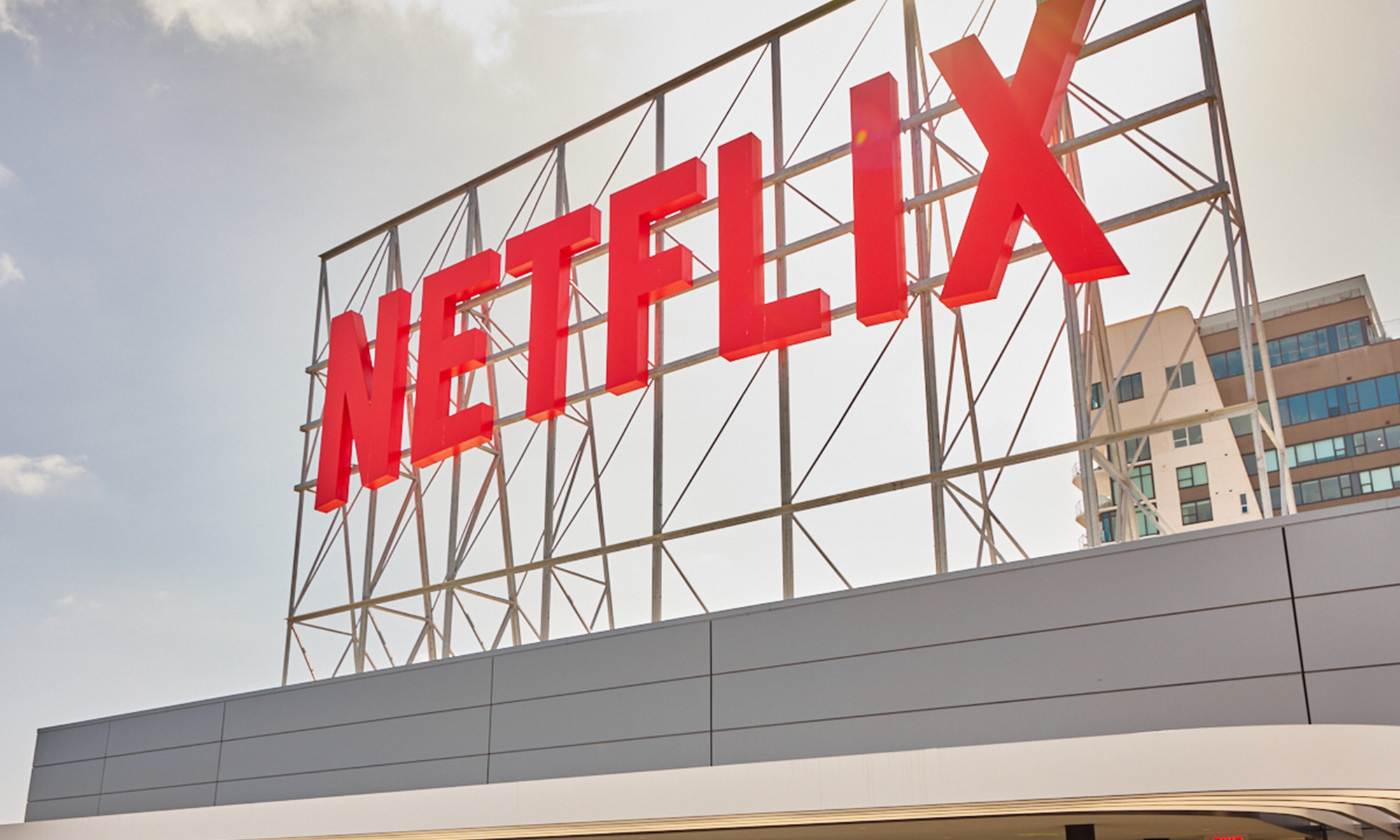On Wednesday, my Foolish colleague Anders Bylund explained why he thinks that Netflix (NFLX 3.71%) may have an intrinsic value above $500 per share. Anders runs through three possible scenarios for Netflix: One is perfection, one is disaster, and one is a middle-of-the-road "likely" case. According to his analysis, Netflix shares could be worth $126 even in a disaster scenario, providing shareholders with a significant cushion in case things go wrong in the future.
However, here at The Motley Fool, we like to indulge opposing opinions. As a Netflix bear, I'd like to explain why Netflix may be worth less than even Anders' worst-case-scenario valuation of $126 per share. Netflix will face two main impediments in the next few years: growing saturation of the domestic streaming market, and rising competition, particularly from Amazon.com's (AMZN 1.17%) Prime Instant Video service.
Market sizing
In the past, Netflix CEO Reed Hastings has said he believes the company ultimately has the opportunity to attract between 60 million and 90 million subscribers in the United States. There are around 115 million households in the U.S. today. Assuming only one subscription per household, Netflix has a long-term goal of achieving 50% to 75% household penetration. At the end of 2012, Netflix had more than 27.15 million domestic streaming subscribers, having added roughly 5.5 million subscribers in 2012. In Anders' most pessimistic scenario, Netflix doubles its U.S. membership to 54 million by 2018, slightly below the low end of Netflix's estimated long-term market opportunity.
However, Reed Hastings has admitted that Netflix doesn't have a compelling enough offering today to reach its goal of 60 million to 90 million subscribers. Whereas Netflix's legacy DVD-by-mail offering has a comprehensive catalog, Netflix has been selective when adding content to its online offering. As I wrote in January, the reason for this discrepancy is that the first-sale doctrine gives Netflix significant leverage against content owners in the DVD business. By contrast, streaming content is much more expensive, because Netflix has no alternative to get content aside from signing a licensing agreement. In light of Netflix's limited streaming video selection, it may be unable to generate the universal appeal that would be necessary to penetrate more than 50% of U.S. households.
Eventually, Hastings hopes to overcome this obstacle through the "virtuous cycle." According to this theory, as Netflix's subscriber base grows, the company will be able to expand its content budget, which will allow Netflix to offer additional content and therefore attract new members. However, growing competition, particularly from Amazon, will drive up content prices, making it harder for Netflix to afford a comprehensive content library, even if its total content budget grows.
On the most recent earnings call, Netflix CFO David Wells said customers have become more satisfied with the Netflix streaming offering because consumers have lowered their expectations and now understand that Internet TV services won;t have a comprehensive library like Netflix's DVD service. However, Netflix bulls (and management) need to lower their own expectations. With a less-than-comprehensive content library, Netflix shouldn't expect to reach the same level of household penetration as cable/satellite TV. Time Warner's (TWX +0.00%) HBO, along with its sister station Cinemax, reaches approximately 41 million U.S. subscribers. Netflix, which is moving to a very similar business model (a few original series and a strong but not comprehensive selection of movies), shouldn't expect to grow much beyond that level. Netflix may seem inexpensive at $8 per month, but it also provides much less value than traditional cable or satellite TV, which includes much more content, including first-run TV shows and live sports.
Competition will be a killer
Netflix's second major challenge is the fierce competition from Amazon's Prime Instant Video. Amazon has shown a willingness to spend heavily on the Prime Instant Video content library and appears to view Prime Instant Video as a combination of a loyalty program and an advertising program. Prime customers tend to be the biggest Amazon customers, and Amazon is willing to run a loss on Prime subscriptions in order to add more Prime members and increase sales of physical and digital goods.
This creates a serious long-term competitive problem for Netflix. Amazon is essentially an irrational competitor that is willing to run the streaming video business at a loss over the long term. In February 2012, Amazon announced a major streaming agreement with Viacom that brought its streaming library to more than 15,000 videos. A little more than a year later, the Prime Instant Video library has grown by 150% to 38,000 videos, including key deals such as the recent agreement to become the exclusive streaming home of Downton Abbey.
Amazon seems to have outbid Netflix on a number of recent deals. While Netflix's management has shown admirable discipline in not chasing overpriced content, eventually the company will have to put more money on the table to keep its leading position in content or else risk losing market share to Amazon.
Financial impact
For a few quarters, Netflix may be able to grow its streaming contribution margin (18.5% last quarter) by increasing its subscriber count faster than content expenses. Customers won't immediately jump to Amazon even though it's rapidly catching up to Netflix in terms of content quality. However, over the next several years, Amazon's market share will grow as its content quality improves, and Prime Instant Video will compete more seriously with Netflix for users. At the same time, the increase in content costs will prevent Netflix from ever reaching its vision of a "comprehensive" content library, which will make it hard to grow the domestic subscriber base much beyond 40 million.
Cost pressure and slower revenue growth will probably cap Netflix's domestic streaming contribution margin around 20% to 25%, leading to a maximum contribution profit of approximately $1 billion, which doesn't include technology costs, G&A expenses, interest, or taxes. If this scenario comes to fruition, Netflix's domestic streaming business, by far the most valuable part of the company, is worth $2 billion to $3 billion, or $40 to $60 per share. Netflix shareholders could thus be in for a nasty surprise when the long-term growth they expect fails to materialize.






